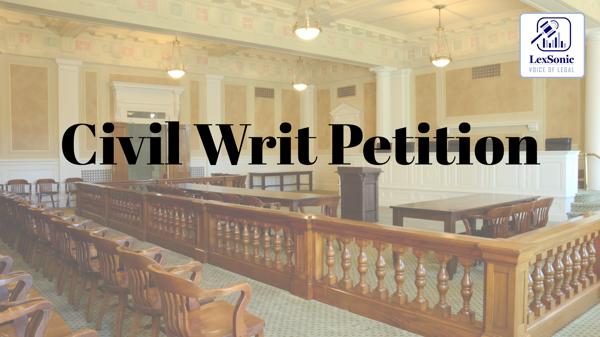In a historic judgment, the Bombay High Court had quashed concurrent orders made by the First and Second Appellate Authorities that had declared a hutment dweller ineligible for alternative accommodation under the rehabilitation scheme of the Government. According to the Court, the authorities had failed to consider vital documentary evidence that proved occupation of the building by the petitioner prior to the cut-off date of 1 January 2000.
Case Background:
The petitioner had purchased Hut No. 97 later renumbered as Hut No. 248 in April 2000 from Narayan Dinkar More. The building already had electricity supply when purchased and the petitioner was issued a survey receipt and photo-pass in July 2000, which established his possession. Electoral rolls, ration card entries, and electricity records also established continuous occupation of the hutment by the petitioner.
When Annexure-2 (a list prepared by the Competent Authority identifying eligible and ineligible hut dwellers) was published on 30 May 2017, the petitioner had been categorized as "ineligible." His appeal to the First Appellate Authority in December 2017 and to the Second Appellate Authority in March 2019 was also rejected. The sole grounds for disqualification stated was that electricity connection was transferred in the name of petitioner alone in the year 2005, which, according to the authorities, failed to prove his occupation before 2000.
Arguments of the Petitioner:
Petitioner's advocate argued that existence and occupation before material date were established by numerous documents:
- Reliance Energy's verification report of May 2006 verified that electricity supply to the hutment was made from June 1999.
- Voter rolls of 1995 recorded the presence of the former owner (Transferor), and subsequent electoral rolls from 2000 onwards reflected the presence of the petitioner and his family at the same address.
- The photo-pass and survey receipt issued in July 2000 also established the possession of the petitioner.
Notably, in May 2017, the petitioner and others like him hutment residents had been requested by the Additional Collector to pay Occupancy Transfer Charges under the Government Resolution of 16 May 2015. The petitioner paid the sum of Rs. 40,000 and thus fulfilled the requirement of the Resolution.
On this basis, the petitioner contended that the rejection of his claim of entitlement was arbitrary and against the State's rehabilitation policy.
Respondents' Position:
The government argued that because the petitioner purchased the hutment in April 2000 — after cut-off date — he was not eligible for transfer benefit under the Government Resolution. They also noted that his electricity meter was relocated only in 2005, which in their opinion, broke the chain of evidence required to establish occupation as of 1 January 2000.
Court's Findings:
The High Court carefully went over the record and ruled that the authorities were mistaken in rejecting the claim of the petitioner based on overlooking important documentary evidence. The Court ruled:
- Electricity records clearly proved the fact of supply of power to the hut from as early as June 1999, thereby proving the existence of the structure prior to the cut-off date.
- 1995 voter rolls confirmed occupation of the hut by the Transferor prior to 2000. The petitioner and his family had been reflected at the same address in the 2000 electoral roll onwards, establishing continuity of residence.
- The photo-pass and receipt issued for survey in 2000 also endorsed the case of the petitioner.
The Additional Collector's direction to deposit Occupancy Transfer Charges according to the 2015 Government Resolution was a recognition of his entitlement. The petitioner paid the charges as directed, thereby meeting one of the basic conditions of verification.
The Court held that rejection of the case of the petitioner on technical grounds that the electricity connection was established in his name alone during 2005 was untenable in law. It made it clear that eligibility cannot be denied where there was adequate evidence to prove existence and occupation of the hutment prior to January 2000.
Decision:
The High Court set aside and quashed the negative orders of the Appellate Authorities and Annexure-2 to the extent that the petitioner was declared ineligible. The petitioner was directed to stand eligible for rehabilitation benefits, and consequential entitlements were directed to follow the said order.
The writ petition was hence allowed and disposed of.

